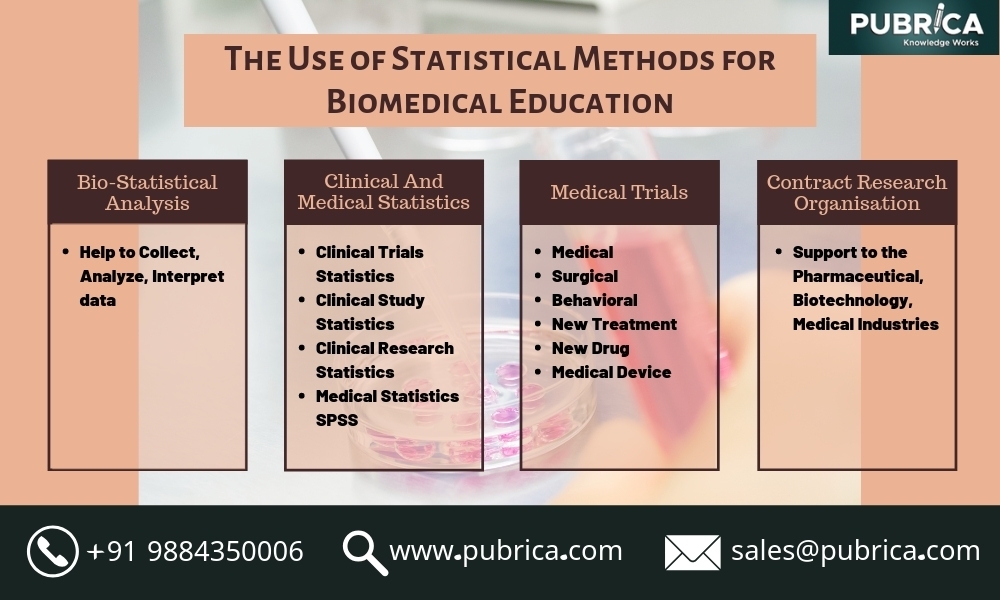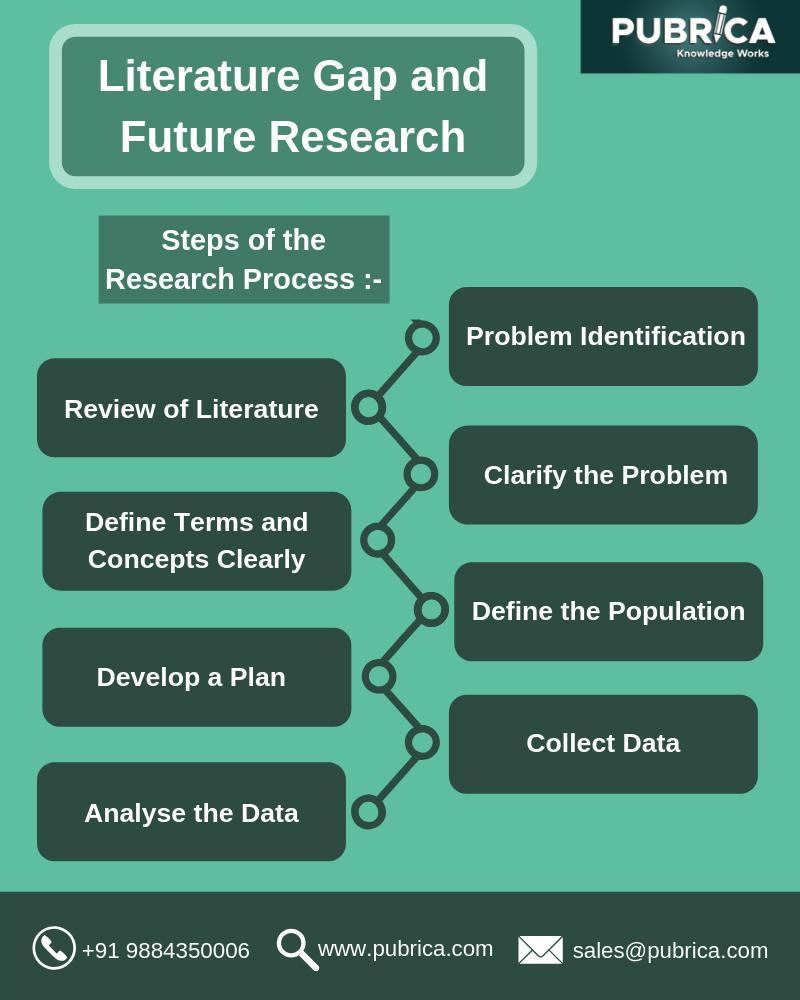On Biostatistics and Clinical Trials
August 21, 2019
The statistical content of published medical research: some implications for biomedical education
August 27, 2019What is literature gap?
Well, the literature research gap is the missing or incomplete piece of data in the literature, which has not been explored or ventured into so far. It can be anything to everything from a population of sample-sizes, types, etc. It may arise due to not understanding the working of particular instruments, new technological advances or studying a new organism that has been recently discovered.
Research Gaps can be located in the introduction section of research articles, discussions and future research sections in research papers or journals, which researchers have already published. Finding these gaps and doing a research study on it is a novel way and a way to provide more information about the particular gap to the scientific community.

The research process usually requires a lot of information so that the researcher can analyze and come to a conclusion. This is termed as scientific research and is used in all research projects irrelevant to the methodologies used. The study is done in such a manner that another individual can replicate the same project without any hindrances. All the steps in scientific research paper are interrelated. If even one-step is changed by the researcher, then all steps have to be checked again and changes have to be made if needed.
Steps involved in the research process:
1. Problem Identification:
The first step in the research process is identifying a problem that will then form the basis of the research. This means forming a research question.
2. Review of Literature:
After understanding the problem, the researcher must get into detail about the topic. This can be done by reviewing the literature and previous works done on the research topic. This will help in providing some information about the research problem to the researcher. The researcher will also get an idea into how previous studies were conducted and the problem areas in those studies.
3. Clarify the problem:
The initial problem identified by the researcher is usually quite large in scope and would take a lot of time and energy. In this step, the researcher shortens the problems and tapers the scope of the study. This is possible only through the knowledge attained by the researcher after reviewing the literature.
4. Define terms and concepts clearly:
The terms and concepts which are used in the study should be defined, explained properly and at the same time should apply to the study. Terms and concepts have different definitions according to the reader. To avoid any of this confusion the researcher must mention what these terms mean in their study.
5. Define the population:
Research projects can focus on groups of people, parks, financial status, technological developments, etc. e.g. if a researcher wants to study a population in a village then the study can examine the geographic conditions in which they are staying, study on male or female, age, etc. The research problems help the researcher in identifying the right group over which the experiment will be successful. This helps the researcher to narrow down the population and make the study much more manageable. Furthermore, researcher problems are identified by the population they choose.
6. Develop a plan:
Develop a plan which will be the roadmap for the entire research study. It should contain when and where data will be collected e.g. monthly, seasonally, etc., people participation and finally the content of the program.
7. Collect data:
Once you develop a plan the next and most important step is collecting the data. This is where the actual study begins. Every research project has some kind of data collection; it may be going in the field and collecting data through observations to gathering data through questionnaires, surveys or works of literature. Data can be collected weekly, seasonally, monthly or as per the requirement of the research project.
8. Analyze the data:
After completing so many steps this is the final and most decisive step in the entire research project. The researcher has all the data in hand to analyze and come to a conclusion. This is where all his questions are either going to be answered or there will be more questions staring at him. The researcher needs to make a plan to simplify their work so as to analyse the same. The reviews of the data procured have to be then summarized in a manner with respect to the research problems stated in the very first step.
At the end of the research-
Findings will be another page of future research, asking somebody out there to help fill another gap in the literature. So if you are a researcher what are you waiting for? If you are an ordinary person who found this interesting, go ahead try your luck in this field. Who knows you may start jokingly but end up creating something magnificent.
Tags:
journal Publishing services | Scientific Editing Services | Medical Writing Services | scientific research writing service | Scientific communication services
Related Topics:
Scientific Research Paper Writing
